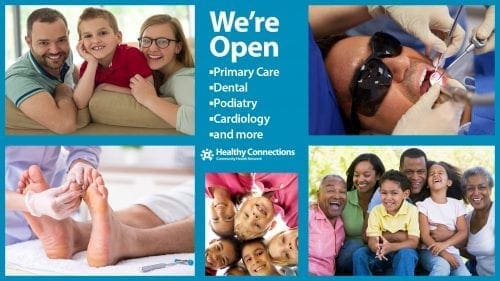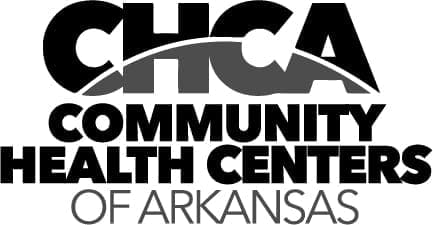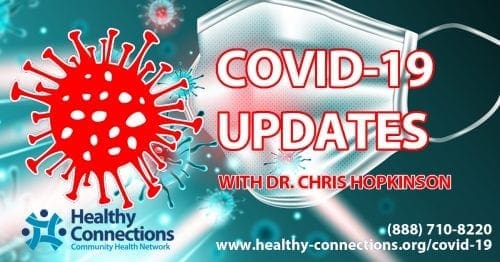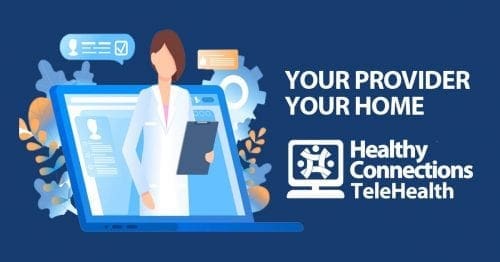Open for In-Clinic, TeleHealth Appointments, Testing
 The Healthy Connections community health network is open and seeing patients both in the clinic and via telehealth, allowing patients to stay in contact with their providers. These services include evaluation and testing for COVID-19, regardless of symptoms.
The Healthy Connections community health network is open and seeing patients both in the clinic and via telehealth, allowing patients to stay in contact with their providers. These services include evaluation and testing for COVID-19, regardless of symptoms.
This includes primary care, dental (emergency procedures now, full services May 18), behavioral health, and all specialties. This also includes surgical procedures related to gynecology, podiatry, and cardiology.
Call (888) 710-8220 for appointments. Healthy Connections, a nonprofit Federally Qualified Health Center, has clinic locations in Mena, Hot Springs, Little Rock, Malvern, Arkadelphia, Mount Ida, and De Queen. These clinics see patients for primary care/family medicine, including pediatrics-focused clinics in Hot Springs and De Queen. Find a location at www.healthy-connections.org/locations.
COVID-19 testing is no longer limited to high-risk patients only. If you are sick with respiratory symptoms, we can evaluate and test you for COVID-19. If you want to be tested, we will test you. Note that test results are being returned from the lab in an average of 24 to 72 hours.
Call (888) 710-8220 or make a Healthy Connections TeleHealth appointment at www.healthy-connections.org/telehealth. Many insurances are now covering this testing and waiving copays.
Any person who enters a Healthy Connections clinic will be screened for COVID-19 symptoms.
Healthy Connections specialties, including gynecology, podiatry, and cardiology have resumed full services, including surgeries. Patients having surgery will need to be tested for COVID-19 within 48 hours of their scheduled appointment time.
Healthy Connections also offers dental services in Hot Springs and Mena. These clinics are currently doing only emergency procedures (anything not considered routine such as check-ups and cleanings). Full dental services are expected to resume on May 18. Call (888) 710-8220 for info.
Additionally, Evolve Behavioral Health and Medication Management is also seeing patients both in the clinic and via telehealth at Healthy Connections locations in Mena, Hot Springs, Malvern, and Arkadelphia. Learn more about Evolve at www.evolvebhs.com.
Healthy Connections and Evolve accept Medicaid, ARKids 1st, Medicare, and most private health insurance. There is also a sliding-fee scale for patients without health insurance who qualify. Medicaid patients may have to switch their primary care provider to Healthy Connections before you can be seen.
Learn more about Healthy Connections at www.healthy-connections.org.




 Community Health Centers of Arkansas CEO LaShannon Spencer wrote a guest column this week in
Community Health Centers of Arkansas CEO LaShannon Spencer wrote a guest column this week in 

 BY DR. CHRIS HOPKINSON
BY DR. CHRIS HOPKINSON
 Many Healthy Connections providers are now offering telehealth e-visit appointments during the COVID-19 pandemic.
Many Healthy Connections providers are now offering telehealth e-visit appointments during the COVID-19 pandemic.